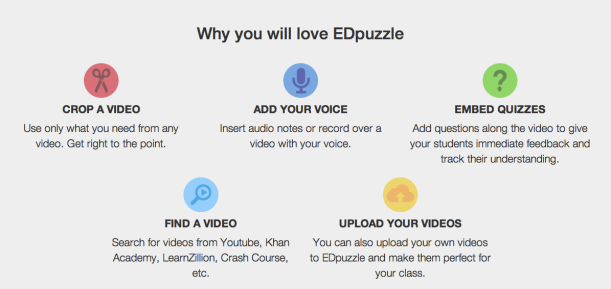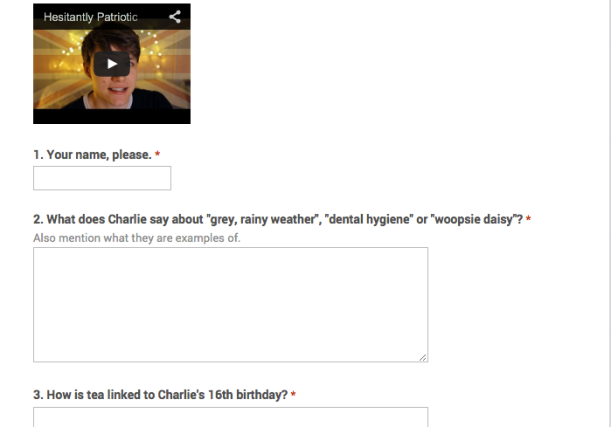Well, all sorts of changes in my school, resulting in very busy school years. Also, a new curriculum, with the demand for more and more "varied and ongoing" assessment, i.e. marking, marking and still some more marking. On top of this, most student assignments are now online, quite rightly, of course (it's the 21st century, after all!) but, from a teacher's point of view, marking online is far slower than it used to be on paper. Endless evenings and weekends spent staring at the computer screen, with dry eyes, aching back, shoulders and wrists. And last but not least, I'm sure age is getting to me, too. Irritatingly, I seem to take much longer, first to even get started, and secondly to finish any school work. Procrastination is so much more tempting!
So there, in short, some of the reasons for this long gap in writing about education. But here I am now, at the start of another long and divine summer holiday we teachers in Finland still have the privilege of enjoying, and I feel my mind needs some unwinding, which could be greatly helped by writing down some of my thoughts and ideas again.
I might start with a free online course I signed up just this week. Helsinki University is offering this opportunity for anybody in the world - the course Elements of AI is in English.
AI is on everybody's lips these days, and I have also done a few units on it in my English courses. Yet, as I feel that my own understanding of the whole concept is so vague and superficial, I jumped at the chance of starting this course. Not only will I be focusing on my own learning of the topic but also familiarising myself with how such MOOC-type courses are done these days.
I have now finished the first unit of the course, and got a basic idea of the key concepts for explaining AI. I have also thought about realistic and unrealistic (e.g. science-fiction) AI and read about some philosophical problems related to AI. Very interesting! The required exercises, both multiple choice and open-ended, have been rather challenging and really made me use my resting brain cells in an invigorating way. And, I've also started thinking about new ways of assessing students' online work - peer reviews sound like a workable idea that I haven't really utilised so far.
Looking forward to continuing the course, with the aim at finishing before the end of my summer holiday on August 9! From my experience so far, can warmly recommend this course to other teachers like me, who have a hunch of AI but no in-depth grasp of any of it yet.











